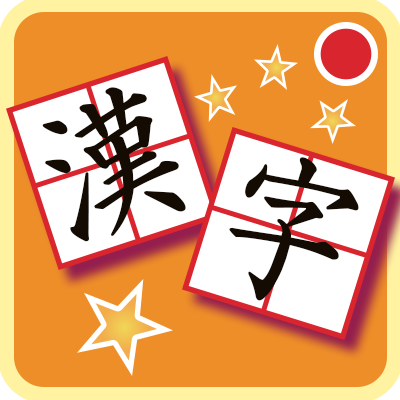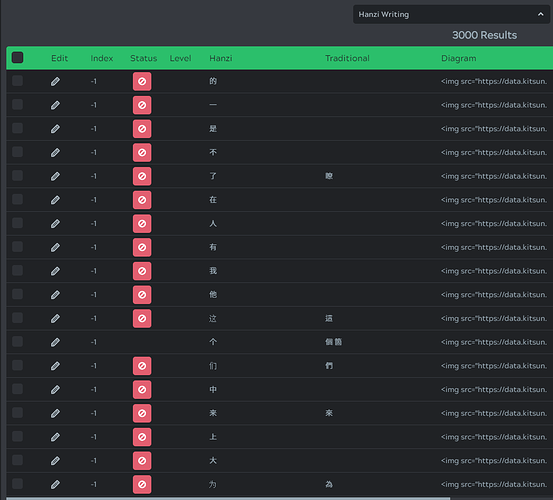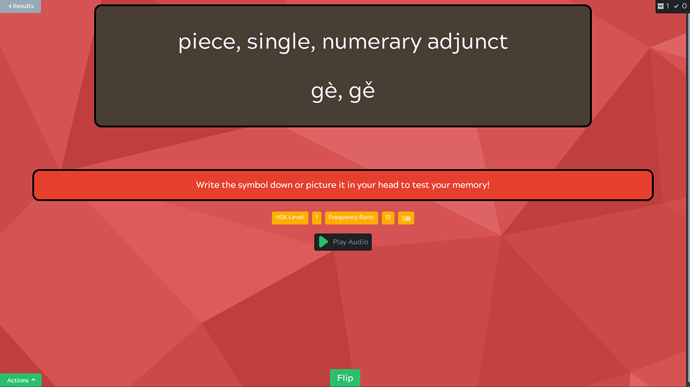Important Notice:
Before starting this set, make sure to go into the deck settings and deactivate Hanzi → Pinyin if you are unable to type in the accent format. Unfortunately, the number notation is not available at this time.
Get the 5k HSK Chinese Words Set Here
Why study this set?
- Great way to study and learn Chinese characters
- Will help you better remember the words you’re learning in other sets, like the 5K set.
- Includes both traditional & modern forms
- Includes audio
- Includes stroke order diagrams
- Includes meanings & pronunciations
How is this set going to change in the future?
There will likely be small style improvements in the future. Beyond that, the hope is that the numbering format of Pinyin will eventually be available.
How can I contribute to this deck?
- Send in suggestions to correct errors in the deck (for example, many cards accidentally mix commas and semicolons, so the words aren’t perfect).
- If you want to use the numbering format, you can send me a suggestion with that information added in the “PinyinAlt” section. As soon as I accept the suggestion, that card can accept the number Pinyin format!
I will also be working on the numbering notation myself, but I still haven’t had time to do Chinese phonology yet, so it will be a while before that starts. However, I’ve already put the structure in for what it needs to be accepted as valid.
How does the number notation Pinyin work? (FOR PEOPLE WHO WANT TO CONTRIBUTE)
A number is added to the end of every syllable to indicate the different tones. The numbers are the following:
1 = ā ī ū ē ō
2 = á í ú é ó
3 = ǎ ǐ ǔ ě ǒ
4 = à, ì, ù, è, ò
5 = a, i, u, e, o (Neutral)
So for example, 的 is “de” in accent notation, which corresponds to “de5” in number notation. Taking it to something more complicated, 对不起 is “duìbuqǐ” in accent notation, which corresponds to “dui4bu5qi3” in number notation. Fortunately, most Hanzi will only have one syllable, so the number will be placed at the end of the word.
These numbered readings should be placed in “PinyinAlt”
If you can, it would be best to provide both the readings from “Pinyin” and “Pinyin 2,” but just providing the primary Pinyin is better than nothing.




